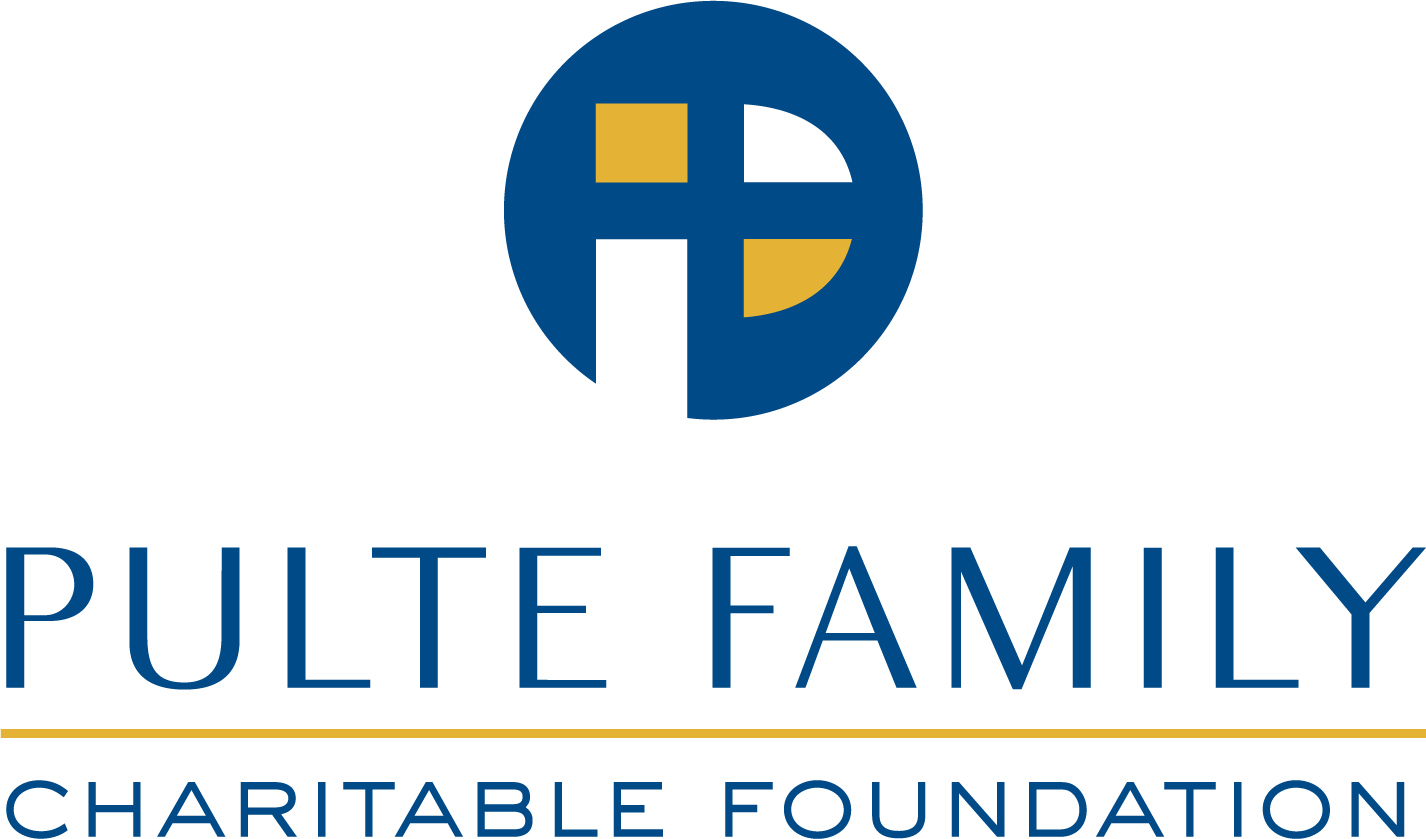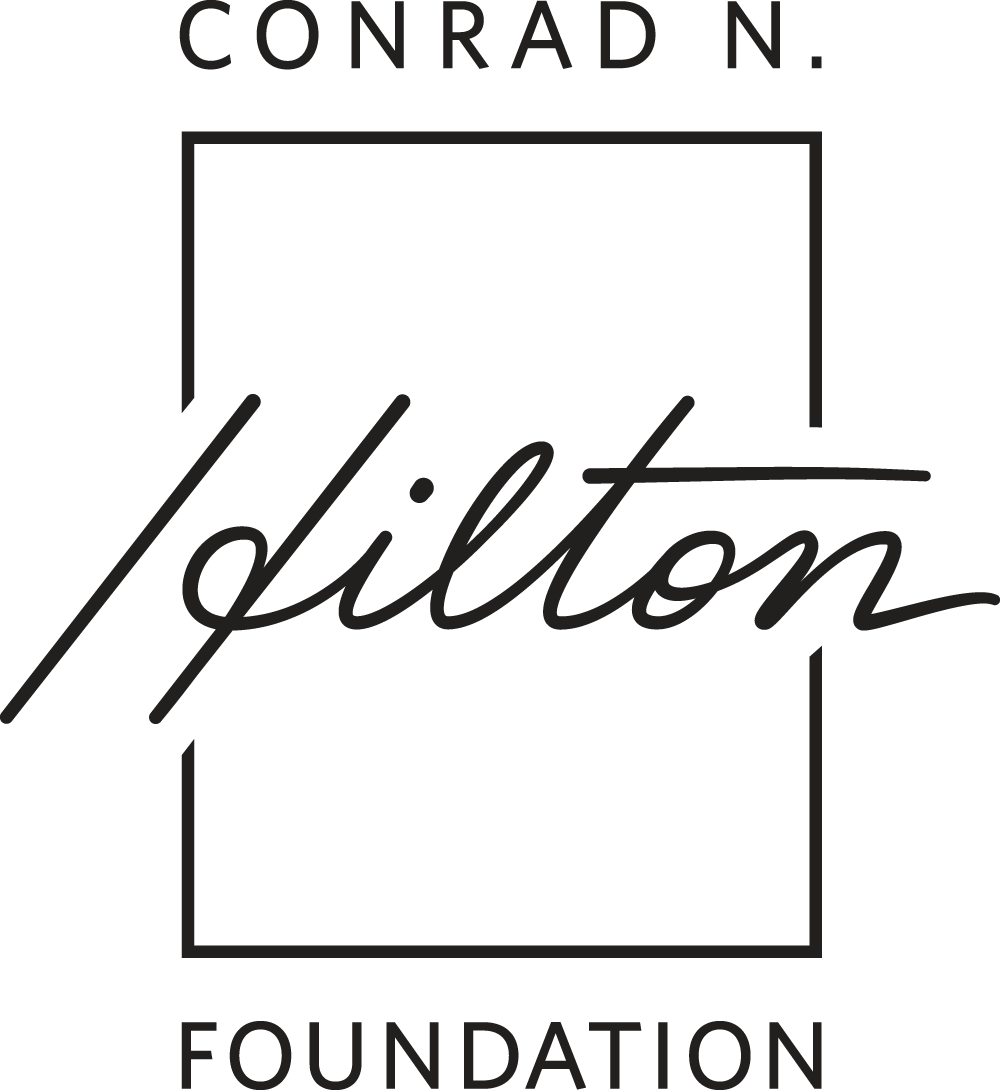FILM OVERVIEW
When people think of nuns and sisters today, various images may come to mind. Some may think of Mother Teresa, while others may imagine a stern woman in a habit disciplining a school child. Hollywood’s portrayal in films like Sister Act may even strike the imagination. For decades, sisters and nuns have been at the forefront of healthcare, education, combating poverty, and the advancement of women.
Women join religious communities for a variety of reasons, both religious and nonreligious. In the past, when women had limited options and lacked the freedom of choice that exists today, becoming a nun was one of the few paths available to them. By choosing this path, women were able to receive education from religious orders. This education was crucial as it provided them with the necessary understanding of biblical teachings, enabling them to have a voice in spaces where they would not typically be heard.
During the medieval ages, nuns and sisters played a significant role in the community by providing service to the sick and poor, as well as assisting in the burial of the deceased. In those times, the wealthy received nursing care in their homes, while convents served as hospitals for the less fortunate. Nuns were highly respected, with their prayers considered more powerful than those of monks. They were seen as the brides of Christ, and thus believed to be closer to God than their male counterparts.
Religious women began arriving in the United States in the early 1700s, and they became pioneers in the establishment of hospitals. By 1900, American sisters had opened over 500 hospitals, including the renowned Mayo Clinic, founded by the Franciscan Sisters. These dedicated women not only managed the hospitals, but also cultivated the food served there, sewed bed linens for the patients, and most importantly, served as nurses, doctors, and technicians. Additionally, they raised funds and resources to support tuition- free schools for the underprivileged and immigrant communities, as well as established finishing schools for young girls.
The 1960s brought about significant changes within the church, offering women more options beyond convent life. This resulted in a decline in the number of women entering sisterhood. Since the Second Vatican Council, the number of sisters and nuns, particularly in the United States, has dramatically decreased. In 1965, there were approximately 180,000 sisters in the United States, whereas today, there are fewer than 50,000, with the remaining having a median age in their 70s.
Despite this decline, it is evident that women are still being called to serve and continue to make valuable contributions to communities worldwide. Today, we can find sisters working as probation officers, in domestic abuse shelters, involved in low-income housing projects, and are even serving at the forefront of environmental conservation. In this PBS film, award-winning producer/director Keith Famie and his team at Visionalist Entertainment Productions, will venture beyond the convent door to gain a deeper understanding of the lives of religious sisters. These remarkable women selflessly choose to dedicate their lives to God and the betterment of humanity, often facing misconceptions and misunderstandings along the way.
Executive Producers:
John & Carole Kulhavi
Community Leaders:
Rev. Stanley Ulman
Supporters of the Sisters of Mercy story:
John D. & Jean E. Dinan Foundation
Linda Ann Wilke Charity
Kathleen (Dul) & Michael Aznavorian
Supporters of the Dominican Sisters story:
Baiardi Family Foundation, Inc.
Supporters of the Felician Sisters story:
William Tarnacki
The Scott Bain Family
Supporters of the IHM story:
Kathleen Aseltyne & Mark Brautigan










